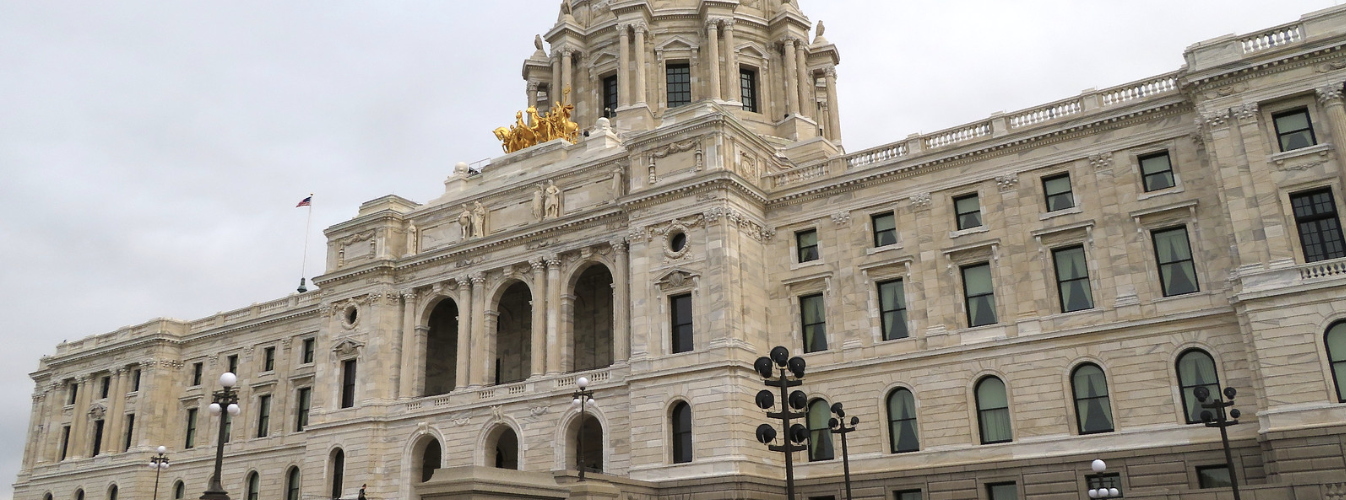Community Sounds Off at the Capitol on Distance Learning Barriers
By Michelle Koffa
In June, Minnesota’s House Education Policy and Finance committees came together for a series of informational hearings to better understand experiences with distance learning. Students, parents, staff, and education leaders shared unique and complex challenges, making a clear call for additional support. Although no action was taken by the Legislature, these hearings highlighted concerns and provided policymakers suggestions on how to effectively resume learning this fall.
These hearings should also help inform school and district leaders as they plan for the fall—shedding light on what did and didn’t work during the distance learning period—and make necessary adjustments for the 2020-2021 school year.
What follows are some of the top themes from the informational hearings.
Access to Internet and Devices
When state-wide distance learning began in March, 17% of students—particularly low-income and rural—did not have access to the internet. Students and parents shared their ongoing struggles to engage in distance learning without reliable access to the internet and devices.
Especially for families with multiple students in a household, internet connectivity and device access was a regular challenge. This left students staggering their learning times, or worse, not engaging in learning at all. Bre Porter, a St. Paul parent, shared that tablet and hotspot access were both barriers for her family as they juggled the needs of multiple students.
Teachers and school leaders shared similar frustrations. While some districts tried to close the digital divide, many students’ technology needs were left unaddressed. Whichever learning form resumes this fall, access to reliable internet and devices is an issue of equity that must be addressed.
Need for Additional Staff Training
The two-week planning period that preceded distance learning was not enough to prepare for all the challenges that came along with it. Students, teachers, and school leaders communicated a need for more robust staff training as they prepare for the possibility of distance learning in the upcoming school year. Testifiers highlighted that this will be especially important to address the exacerbated mental health, social-emotional, and learning needs of students as they resume instruction in the fall, urging policymakers and district leaders to use this time wisely to prepare staff.
“We did the best that we could with what we had during a crisis. But now we have time to reflect and plan and we have to do better for all of our students, families, and school staff. No matter what model we move forward with, clear communication, time for preparation, appropriate resources, intentional training, and coaching for teachers and families will be key.” – Maria Vallavecencio, first-grade teacher, Eden Lake Elementary School
Districts should incorporate tailored staff training and professional development to help educators respond to emerging student needs, as well as new remote learning and hybrid delivery models.
Balancing Real-Time Instruction with Unique Student Needs
Many testifiers shared challenges with one-size-fits-all approaches and found value in asynchronous learning—learning at different times. Many districts required teachers to make videos and post assignments for students—especially older learners—to engage with in their own time. This proved helpful for students who had to share devices or internet access with siblings, students who took care of younger siblings, and students who were essential workers and had to work during the school day.
On the other hand, some students and teachers expressed the desire for synchronous—or live—learning. Students struggled with the lack of real-time feedback or opportunities to engage with peers in learning. Shikha Kumar, a rising senior at Mayo High School and a member of the Minnesota Youth Council shared her desire for live instruction:
“One of the most difficult situations during distance learning for me was in the classes that did not provide teacher interaction. For example, a semester-long class, my peers and I had no opportunity to watch lectures or attend video calls on the materials we were supposed to learn. The new learning method was starkly different from the class’ typical daily lectures as we were now handed vague weekly presentations.”
This is a balance districts need to grapple with. Teaching content in real-time leads to enhanced learning, student-centered instruction, and more timely formative feedback—making it important for districts to incorporate live instruction during any distance learning for the fall. At the same time, they must also provide flexibility for students facing barriers to real-time participation.
What’s Next?
Districts are busy planning right now for three scenarios: in-person instruction, hybrid learning, and distance learning, with a final direction to be determined in late July with guidance from the Minnesota Department of Education. These hearings provide one feedback loop to help address what local plans should elevate and include. In addition, MDE and with many individual districts, recently conducted large-scale family surveys to gather even more data on needs and barriers. Parents, students, advocates, and policymakers should closely track local plans to understand how all this feedback is reflected.
For more on successes and challenges in distance learning, see our latest brief on Minnesota distance learning plans, and follow our blog for more as schools share their plans for fall.

